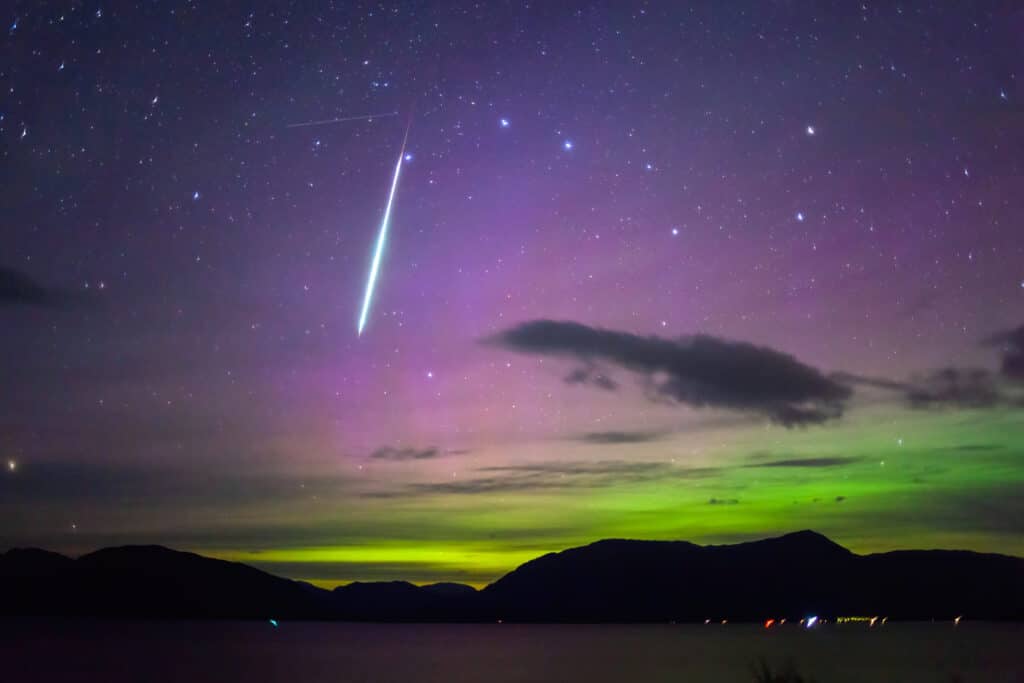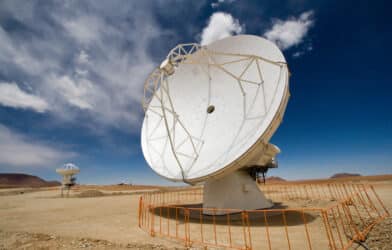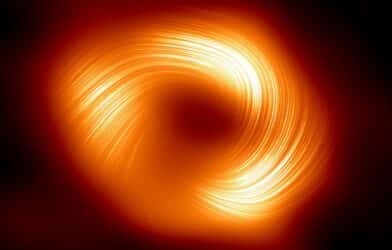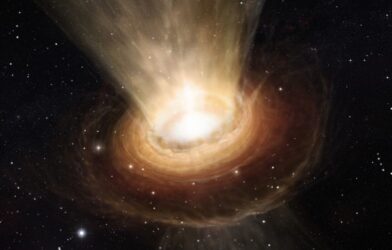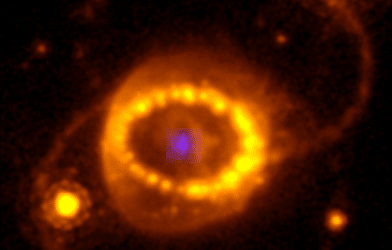Aurora borealis, better known to many as the Northern Lights, is an extraordinary phenomenon that nature lovers from across the world travel to see up close. The colorful display alone is enough to delight onlookers, but some were lucky enough to see a meteor soar through the skies at the same time over the weekend.
Photographer Cat Perkinton captured the huge fireball streaking through the aurora borealis over the Scottish highlands on Saturday. “It was just after 11: 30 p.m. at Kentallan, looking North,” Perkinton says, per South West News Service. “This huge meteor scored the skies. I took a 14 second exposure which didn’t capture the final burn out of the meteor.”
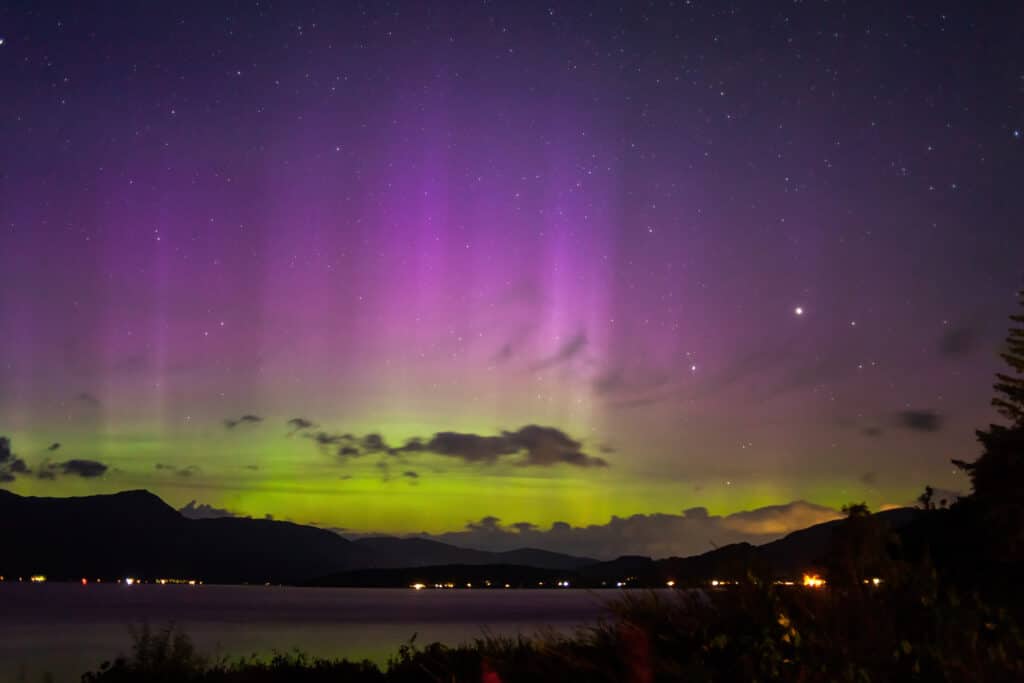
Another photographer, John Trueman, is also sharing some beautiful images of the Northern Lights from the Scottish coast early Monday morning. Unfortunately there was no meteor for his viewing pleasure, however.
“Tonight the aurora alerts were coming in going from orange to red and I was seeing huge light pillars and huge green surges in the northern sky from Findhorn beach in Moray, Scotland,” Trueman says, according to SWNS.

“These images were a photographed between 00:30 hours and 00:57 before the clouds covered the horizon but the show was beautifully brief,” he adds.
Auroras are the result of charged particles colliding with gases in the Earth’s upper atmosphere.
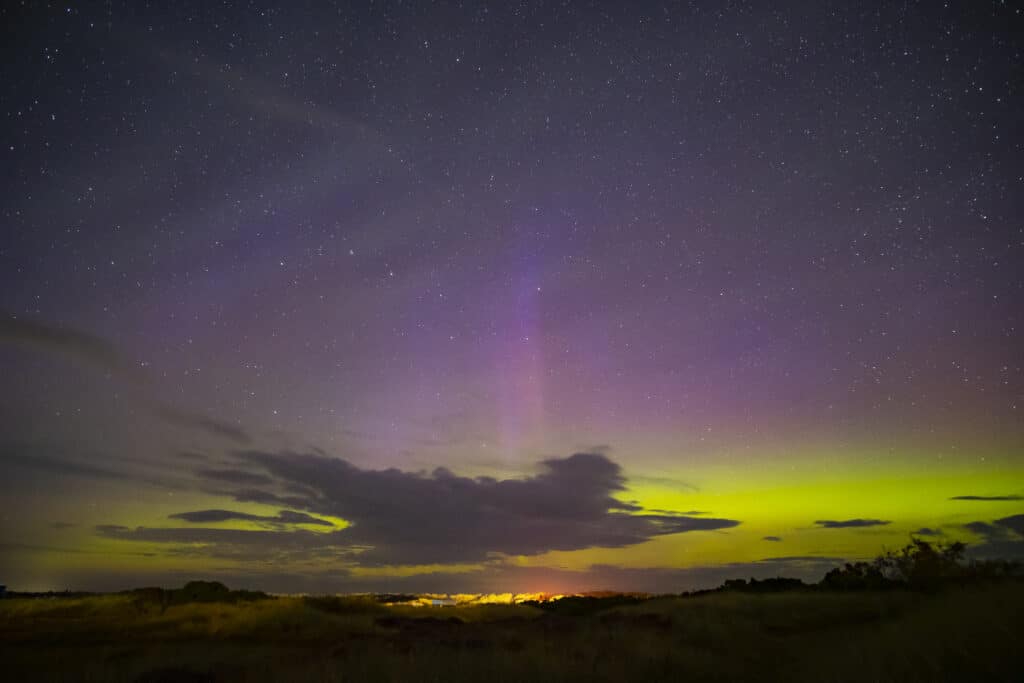
“Energized particles from the sun slam into Earth’s upper atmosphere at speeds of up to 45 million mph (72 million kph), but our planet’s magnetic field protects us from the onslaught,” explains Space.com. “As Earth’s magnetic field redirects the particles toward the poles — there are southern lights, too, which you can read about below — the dramatic process transforms into a cinematic atmospheric phenomenon that dazzles and fascinates scientists and skywatchers alike.”
South West News Service writer Dean Murray contributed to this report.
